Understanding Attachment Styles & How to Overcome Them
We all have attachment styles in our relationships. By understanding what style of attachment you have, you can be more aware of your emotions and feelings and build a healthier relationship with your partner.
Attachment is an emotional bond you develop with your primary caregiver from the moment you are born. In most cases – your mother. As a child, you depend on your primary caregiver for all your needs such as food, safety, and love.
If your needs as a child were met by your primary caregiver, you are more likely to develop a secure attachment style.
If your needs as a child were not taken care of, you were unable to depend on your primary caregiver often, or even worse if you were neglected as a child or went through trauma such as abuse, etc, you may grow up to develop one of the insecure attachment styles.
What is Attachment Theory?
Founded by British psychologist John Bowlby, Attachment Theory is about the lasting psychological connections between human beings.
It suggests that from birth, as a child we create a bond with our primary caregivers and the significance of this bond and how it impacts a person’s life as an adult.
This theory dives deep into the long-term bond or relationship between a child and their primary caregiver as well as romantic partners. It also talks about the different stages and styles of attachment.
In this post, we are going to break down all 4 styles of attachment and dive deeper into their characteristics, how it is formed, and their impact on your relationships as an adult.
What are the 4 styles of Attachment?
1. Secure Attachment
No parent is perfect, but as a child, if you were able to rely on your primary caregiver to fulfill your needs you are highly likely to have developed a secure attachment style.
This means your primary caregivers made you feel safe and understood and took care of your needs. When you receive such treatment as a child, your mind is wired to be able to trust and count on the people you have relationships with as an adult.
People with a secure attachment style are more likely to build healthier and lasting relationships.
Characteristics
- You feel secure and find it easy to trust your partner
- You feel emotionally stable
- You can communicate openly and honestly with your partner
- You are comfortable alone and do things by yourself self even if you’re in a relationship
- You have good self-esteem and confidence
How it is formed
People who have a secure attachment style most likely got it from the unconditional love and care they received from their caregivers at a young age. It is a result of good parenting and making children feel loved, and safe, and their needs taken care of.
As a result of the caregivers being emotionally available, the child learns to adopt this same attachment style and carry it well into their adulthood.
Impact in Relationships
People with secure attachment styles often find more success in relationships with romantic partners as they can process their emotions better, and be more trusting, loving, and open to receiving the same.
They feel more secure emotionally and physically by themselves and in their relationship which leads to fewer problems such as jealousy, clinginess, and insecurity resulting in a much more stable and healthy relationship.
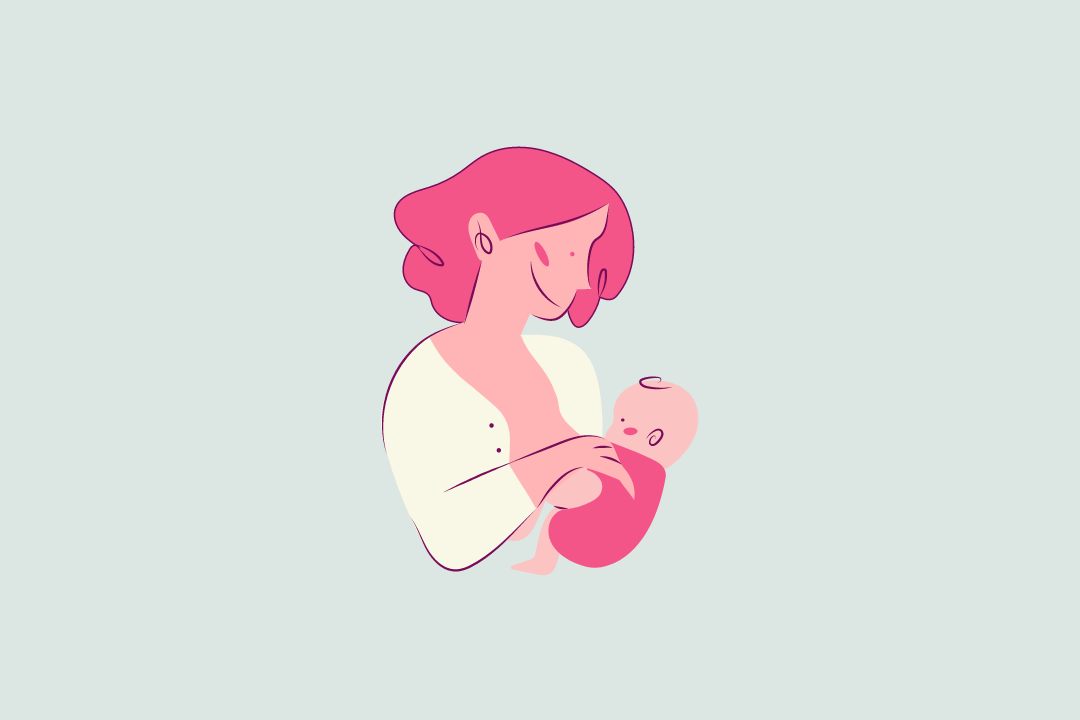
2. Anxious Attachment
An anxious attachment style is an insecure attachment style characterized by a fear of abandonment. People with anxious attachments tend to be generally insecure in romantic relationships.
They are very likely to be constantly anxious and worried about their partner leaving them or the relationship not working out for many reasons which may not even really be a reason to worry about at all.
Characteristics
- Constantly anxious about your partner leaving you
- Unable to regulate emotions in a healthy way
- Low self-esteem
- Having trust issues with people for no valid reason
- Get hurt easily and sensitive to criticism
- Tendency to develop jealousy beyond healthy levels
How it is formed
In most cases, people with an anxious attachment style experienced inconsistent care and love as a child. It’s likely that their caregivers were there for them many times but failed to be there for them often.
It’s not due to them being bad parents, but could be a result of being too young, lack of experience and support, mental health issues, etc.
Children who receive inconsistent attention and love at a young age develop the same attachment style and may show signs of insecurity and codependency in their relationships as adults.
Impact in Relationships
People with anxious attachment styles lack self-esteem and feel that they are not worthy of love and attention from their partner.
They seek constant validation and reassurance from their partner and may feel that the problems in their relationship are due to them.
All these are different ways of expressing their ultimate fear of abandonment because they felt the same way as a child from the inconsistent care they received.
3. Avoidant Attachment
An Avoidant attachment style is an insecure attachment style where a person is fearful of both physical and emotional intimacy with their romantic partner.
People with an avoidant attachment style may find it hard to build a close bond with their partner and have a tendency to keep a distance from them to avoid getting too close and intimate.
Characteristics
- Afraid of intimacy both mental and physical
- Struggles to give and receive love and attention
- Finds it difficult to trust people despite their good intentions
- Difficulty expressing emotions and communicating their feelings
- Have a strong sense of independence
- Tendency to block people from becoming too close
How it is formed
Avoidant attachment style is usually a result of strict or absent caregivers as a child. If a child was left a lot of times to do things by themselves or criticized when in need of help, they are likely to have started to avoid asking for help from a young age.
They may have been expected to take care of things by themselves as a young child and therefore normalized this behavior into adulthood to avoid being rejected or disappointed.
Impact in Relationships
A person with an avoidant attachment style may always keep their partner at a distance which eventually leads to them feeling like the relationship lacks intimacy.
A relationship with a lack of emotional intimacy may last in the beginning when things are fresh but will begin to fade out when one partner starts feeling they are constantly being pushed away from building intimacy and closeness.
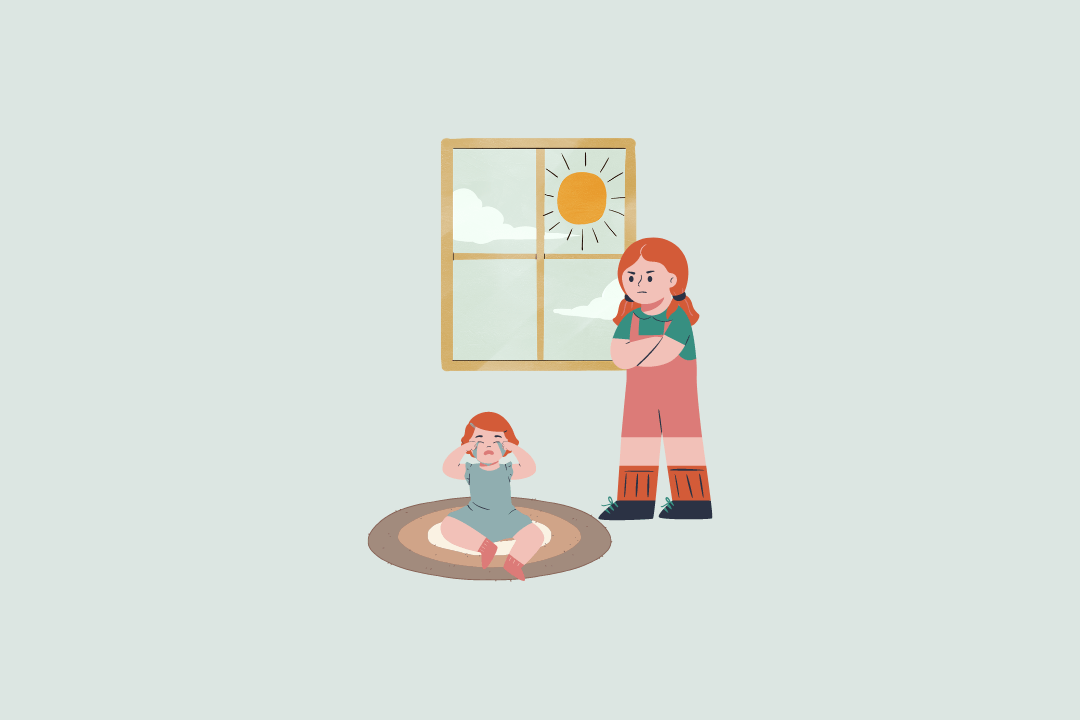
4. Disorganized Attachment
A disorganized attachment style is characterized by inconsistent behavior and exhibits traits of both longing for love as well as rejection.
People with a disorganized attachment style do seek love and affection but at the same time are afraid to show any vulnerability.
Characteristics
- High levels of anxiety
- Longing for love but afraid of commitment
- Portrays contradicting behavior
- Unable to trust people
- Difficult to communicate and resonate with
How it is formed
It stems from contradicting parenting a child receives. Starting from a young age if their caregivers acted as a source of both safety and fear, that child can start forming a disorganized attachment style.
It can also be caused by neglect, trauma, and abuse received as a child which shapes the psychology of a child from a very young age.
Impact in Relationships
People with disorganized attachment styles tend to seek out love but can be quick to push people away and completely reject them when they feel things are getting serious.
This kind of behavior hurts the other partner leaving them confused and helpless. This style of attachment style can lead to unhealthy relationships that are toxic, draining, and even abusive.
How can you overcome Insecure Attachments?
Insecure attachment styles can have different levels of impact on relationships depending on the severity. Learning more about the causes, styles, and characteristics can help you understand where your insecurities stem from.
Continuing to work on your self-improvement goals can also contribute to better management of attachment styles.
- Related Post: How to cope with Insecurities in a Relationship
However, experts agree that if your attachment style is hurting your relationship, you may need the guidance of a professional to help you implement an effective strategy of action to overcome them.
It is very likely to be a difficult journey of ups and downs but it is going to be well worth it when you can learn and adopt a more secure attachment style.
How do you love someone with an Insecure Attachment?
A lot of us find ourselves in relationships with people with insecure attachment styles. Some of them can be extremely painful when things just seem to be getting worse.
If you’re currently in such a relationship, learning more about attachment styles and talking to your partner in a supportive way to join the journey with you can help. If your partner is willing to do the hard work, it shows that they do want to overcome it.
Let them know you’re there for them and will always try to understand things from their perspective. Whenever they need reassurance be willing to give it to them until they believe you are in it for the long term.
A lot of people can turn it around and unlearn their childhood trauma completely and adopt a more secure attachment style. If you feel that the situation is well beyond fixable on your own, plan to start sessions with an expert to explore more options that can help.

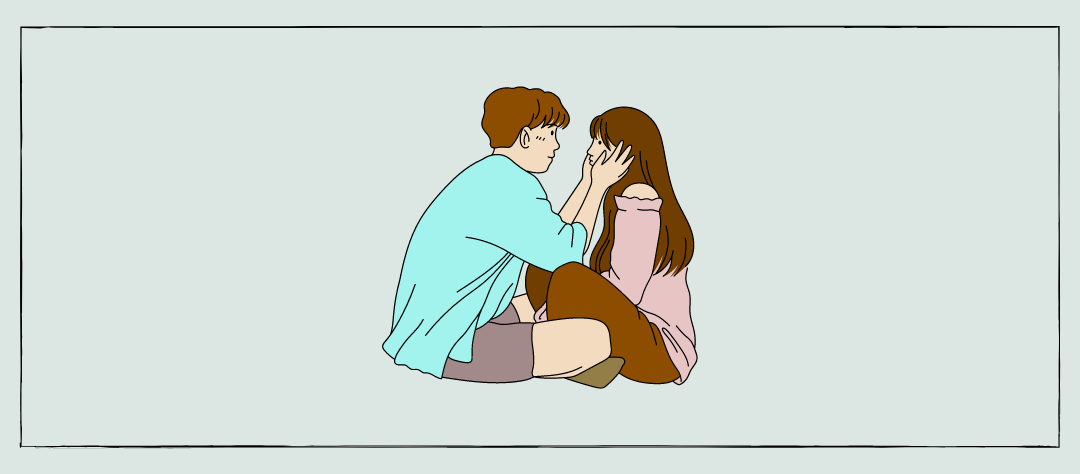




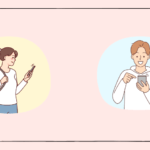



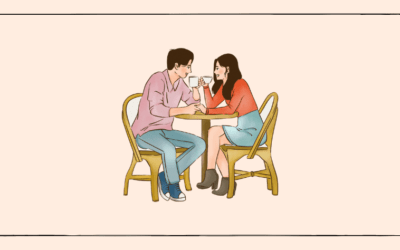

0 Comments